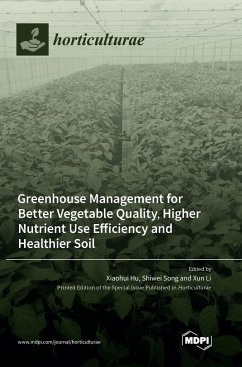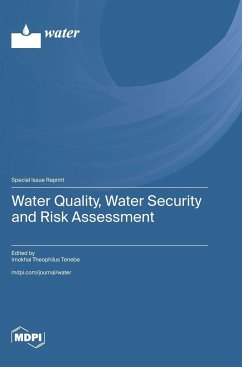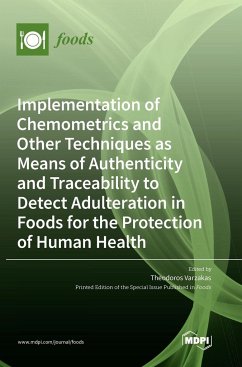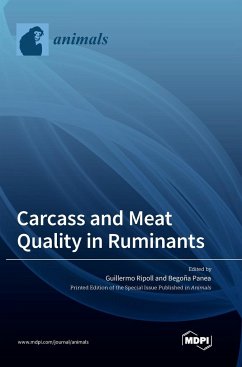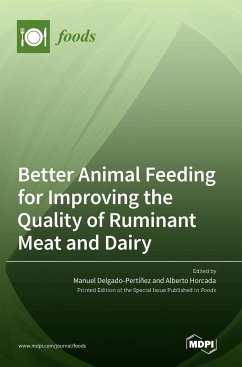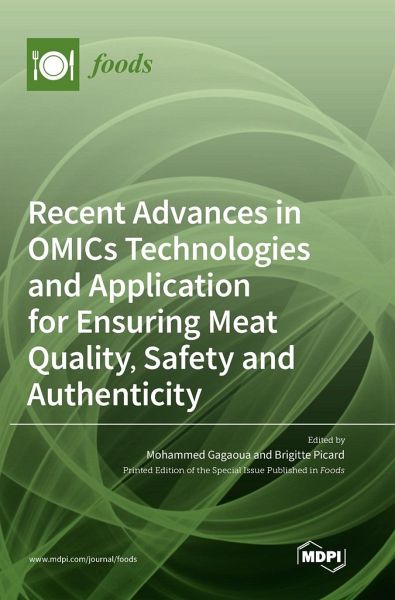
Recent Advances in OMICs Technologies and Application for Ensuring Meat Quality, Safety and Authenticity
Versandkostenfrei!
Versandfertig in 1-2 Wochen
79,99 €
inkl. MwSt.

PAYBACK Punkte
40 °P sammeln!
Consumers and stakeholders are increasingly demanding that the meat industry guarantees high-quality meat products with stable and acceptable sensory and safety properties. To do this, it is necessary to understand the mechanisms that underlie the conversion of muscle into meat, as well as the impact of pre- and post-harvest procedures on the final quality and safety of meat products. Over the last two decades, sophisticated OMICs technologies-genomics, transcriptomics, proteomics, peptidomics, metabolomics and lipidomics, also known as foodomics-have been powerful approaches that extended the...
Consumers and stakeholders are increasingly demanding that the meat industry guarantees high-quality meat products with stable and acceptable sensory and safety properties. To do this, it is necessary to understand the mechanisms that underlie the conversion of muscle into meat, as well as the impact of pre- and post-harvest procedures on the final quality and safety of meat products. Over the last two decades, sophisticated OMICs technologies-genomics, transcriptomics, proteomics, peptidomics, metabolomics and lipidomics, also known as foodomics-have been powerful approaches that extended the scope of traditional methods and have established impressive possibilities of addressing meat quality issues. Foodomics were further used to elucidate the biological basis/mechanisms of phenotypic variation in the technological and sensory quality traits of meat from different species. Overall, these techniques aimed to comprehensively study the dynamic link(s) between the genome and the quality traits of the meat that we eat compared to traditional methods, hence improving both the accuracy and sensitivity thanks to the large quantities of data that can be generated. This Special Issue focused on the cutting-edge research applications of OMICs tools to characterize or manage the quality of muscle foods. The research papers applied transcriptomics, targeted and untargeted proteomics, metabolomics, and genomics, among others, to evaluate meat quality, determine the molecular profiles of meat and meat products, discover and/or evaluate biomarkers of meat quality traits, and to characterize the safety, adulteration, and authenticity of meat and meat products.







